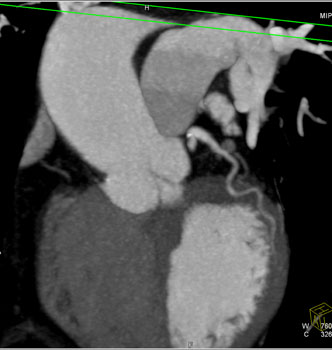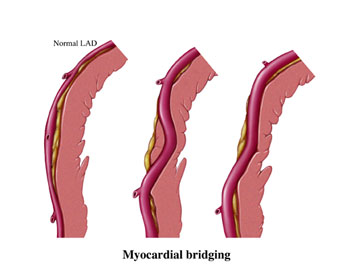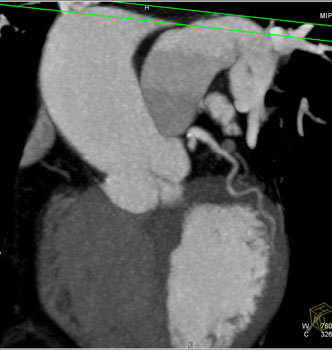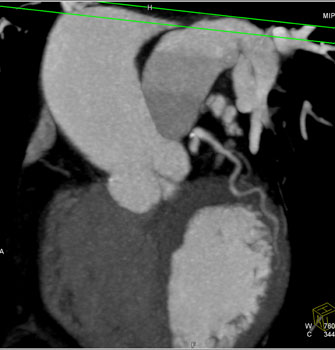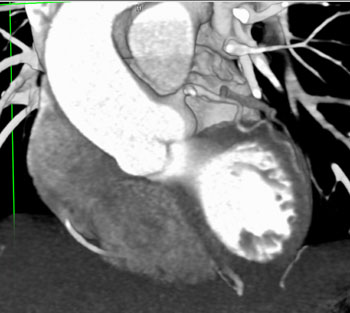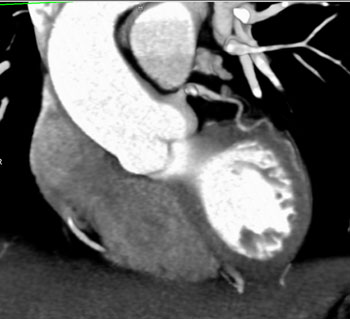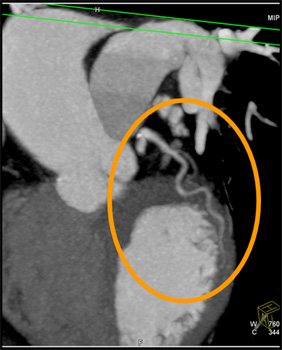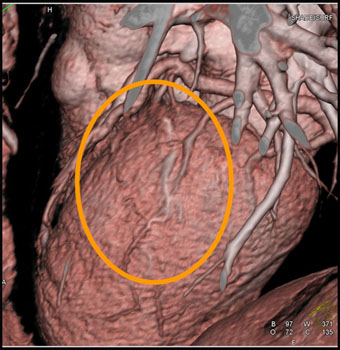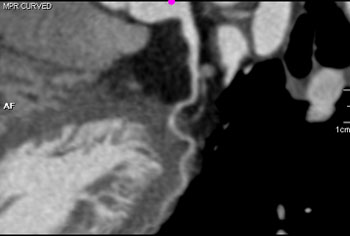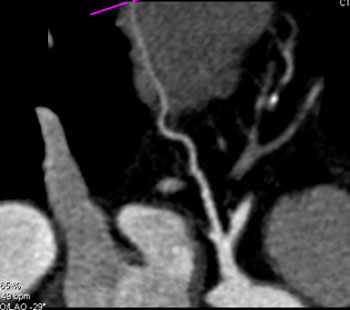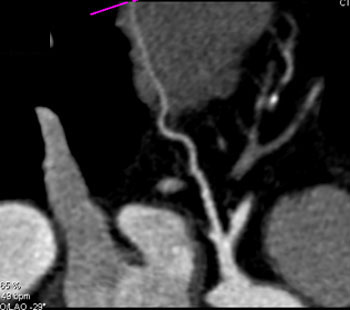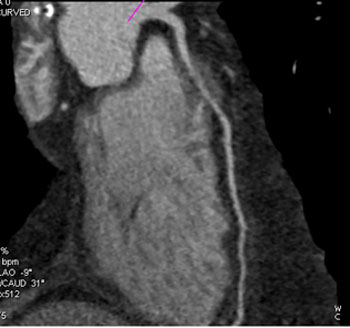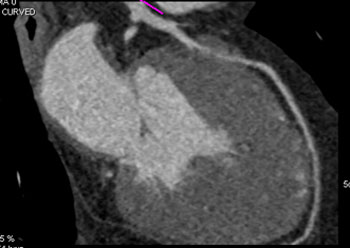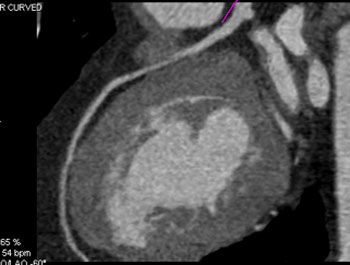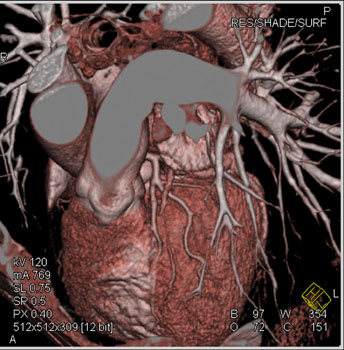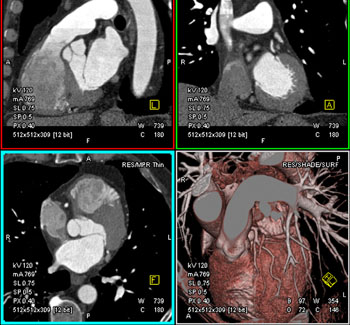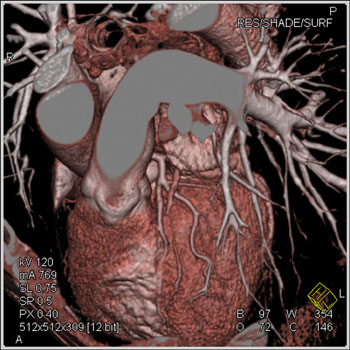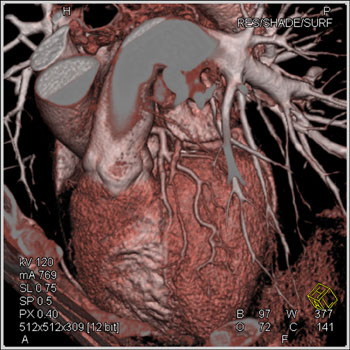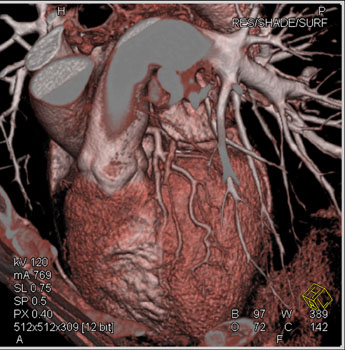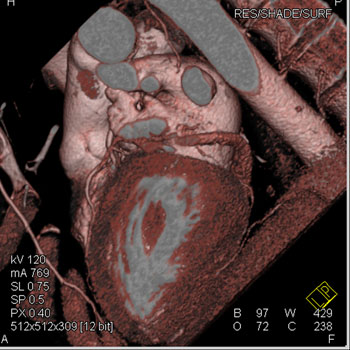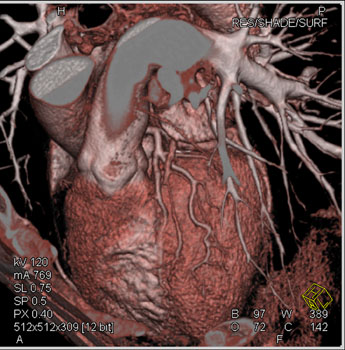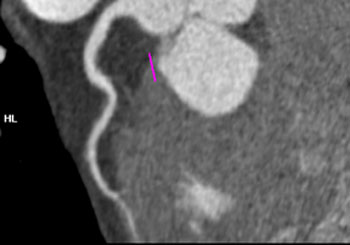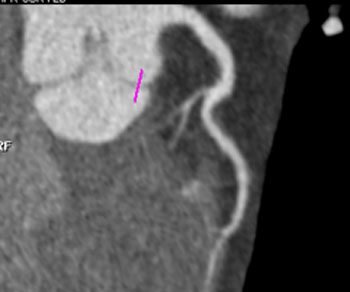Diagnosis: Myocardial Bridging
What is myocardial bridging?
Myocardial Bridging: Facts
Several other recent article make several other comments regarding the role of CTA as well as the potential importance of myocardial bridging "MDCT is an effective noninvasive method for the diagnosis of myocardial bridging because MDCT can show the length and the depth of the tunneled artery and the diameter and percentage of stenosis in the segments showing myocardial bridging in the systolic and diastolic phases." Myocardial Bridging on MDCT "Myocardial bridge predisposes to the development of atherosclerosis in the coronary artery segment proximal to the bridge. This may indicate that myocardial bridge should be considered an anatomic risk factor in the evaluation of CAD." Myocardial Bridge: Evaluation on MDCT "Myocardial bridges are commonly found in patients who undergo cardiac multidetector computed tomographic angiography on both single and dual source computed tomographic scanners and are most frequently located in the mid-left anterior descending coronary artery." Myocardial Bridging: Evaluation Using Single and Dual Source Multidetector Cardiac Computed Tomographic Angiography "The prevalence of myocardial bridges was 10.4%, most of which were located in the mid-left anterior descending coronary artery. The average myocardial bridge length was 23.4 mm, and the average tunneled artery depth was 2.6 mm." Myocardial Bridging: Evaluation Using Single and Dual Source Multidetector Cardiac Computed Tomographic Angiography Jacobs JE et al.
| |||||||||||||||||||||||||

